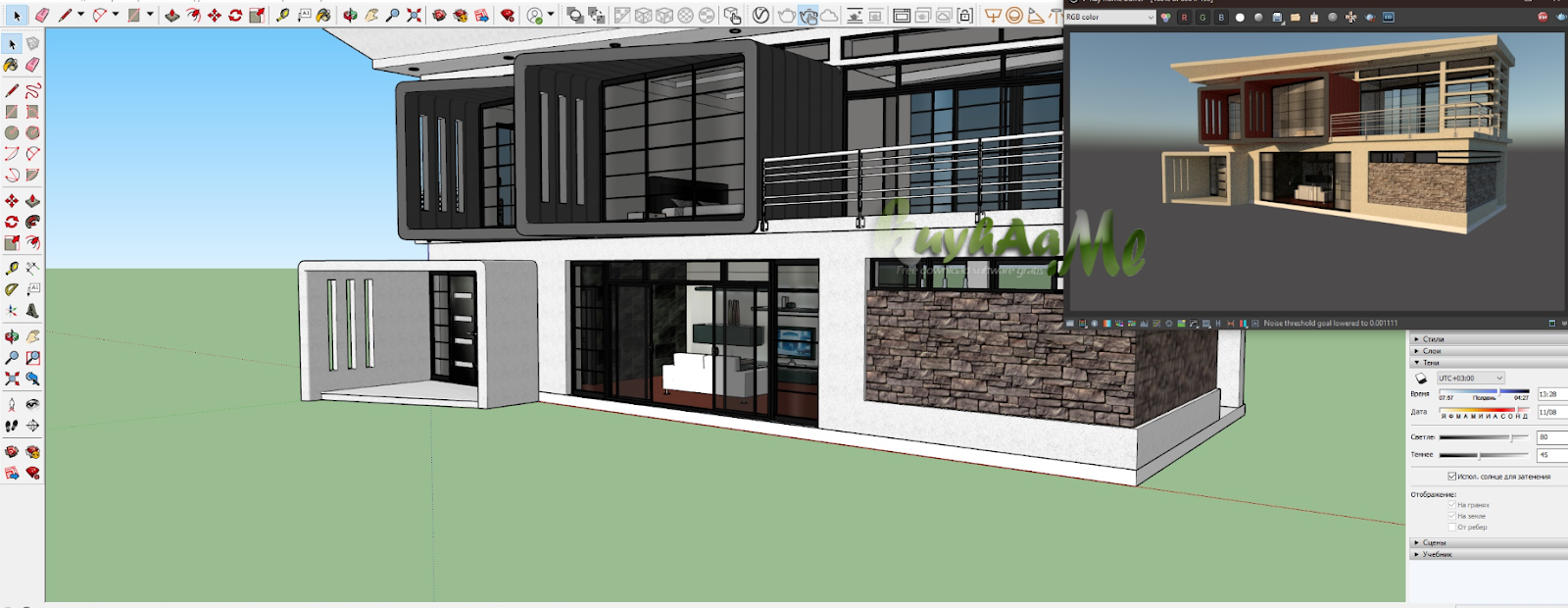
Once you have your materials set up, you can begin to render your scene. You can also use SketchUp Pro’s native material editor to edit your materials. You can choose from a variety of materials and textures, or create your own.

The third step is to add materials to your scene. The render settings determine the quality of the final render, and are comprised of options such as Anti-aliasing, Denoiser, and Subsurface scattering. Once the lighting and environment settings are set, you can begin to adjust the render settings. You can also choose to use presets for quicker setup. You can do this by adjusting the environment settings, such as the environment type and lighting setup. The second step is to set up the scene for rendering. This toolbar contains most of the controls that you will need to render your scenes.

Once the installation is complete, open SketchUp and you will find a new toolbar at the top with the V-Ray logo. The installation process is relatively simple and doesn’t require any extra steps. The first step to using V-Ray for SketchUp 0 is to download and install the software. In this article, we’ll take a look at how to get started with V-Ray for SketchUp 0 and the basics of using the plugin. It provides intuitive controls and high-quality results, and is widely used by professionals in the architecture, design, and visualization industries. Modo support will be discontinued at the end of 2021.V-Ray for SketchUp 0 is a powerful plugin for rendering realistic images within the SketchUp environment. The desktop 3D applications that are supported by V-Ray are:Īcademic and stand-alone versions of V-Ray are also available. V-Ray is a rendering engine that uses global illumination algorithms, including path tracing, photon mapping, irradiance maps and directly computed global illumination. V-Ray is a commercial plug-in for third-party 3D computer graphics software applications and is used for visualizations and computer graphics in industries such as media, entertainment, film and video game production, industrial design, product design and architecture. V-Ray is a biased computer-generated imagery rendering software application developed by Bulgarian software company Chaos. Render created using V-Ray for Rhinoceros 3D, demonstrating the advanced effects V-Ray is capable of, such as reflection, depth of field, and the shape of the aperture (in this case, a hexagon)


 0 kommentar(er)
0 kommentar(er)
